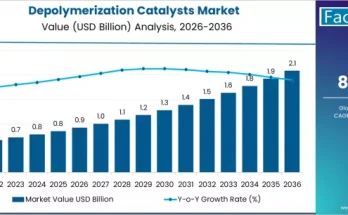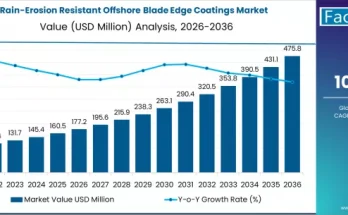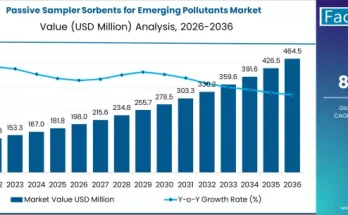Fact.MR, a market research and competitive intelligence provider, has conducted a comprehensive analysis on the Europe silicone rubber market, which is expected to rise at a CAGR of 5.5% over the forecast period (2022 to 2031).
The silicone rubber industry in Europe is being transformed by rising investments in green construction initiatives, polymer reuse, recycling, and resource efficiency trends. Silicone rubber is used in the construction of concrete blocks and decks, as well as numerous interior components such as baseboards and doors. Rising sales of silicone rubber are an important aspect of long-term economic growth in Europe.
Because of the continued trend of downsizing in the electronics industry, component manufacturers have been pushed to produce smaller components with higher resistance in order to lower the likelihood of failure and maintain reliability. Silicone rubber protects component contacts adequately, which is a vital need in high-power electronics.
Manufacturers are creating enhanced silicone rubber for a wide range of automotive applications. These items are becoming increasingly popular due to their ability to provide the optimum balance of compression and tear resistance when used at high temperatures.
All these factors are augmenting silicone rubber market growth in Europe.
Key Takeaways from Market Study
- The Europe silicone rubber market was valued at US$ 1.52 billion in 2021.
- The Europe silicone rubber market is expected to reach a valuation of US$ 2.6 billion by 2031.
- Increasing demand for silicone rubber is being witnessed from the construction, electronics, and automotive sectors.
“Increased use of 3D blueprints for building projects as well as CAD architectural outlines is assisting in the increase of housing sales. Because silicone rubber is so adaptable, such trends are translating into new opportunities for manufacturers in the Europe silicone rubber market,” says a Fact.MR analyst
Winning Strategy
Key companies in the Europe silicone rubber market use innovative technologies, new product development, and R&D efforts as key tactics. Manufacturers are focused on resolving end-user problems for high-performance silicone rubber products for demanding applications.
Companies have moved their focus to asset distribution efficiency, recurring income streams, and developing robust supply chain operations to strengthen their organizational structures and operations.
More Valuable Insights on Offer
Fact.MR, in its new offering, presents an unbiased analysis of the Europe silicone rubber market, presenting historical demand data (2017-2021) and forecast statistics for the period of 2022-2031.
The study divulges essential insights on the market on the basis of type (liquid silicone rubber, high temperature vulcanized, room temperature vulcanized, and fluorosilicone rubber), application (gaskets & seals, adhesives & sealants, coatings, encapsulants, catheters & tubing, and others), and end-use industry (electronics, aerospace, construction, medical, automotive, and consumer products).
Fact.MR’s Domain Knowledge in Chemicals and Materials
Our chemical and material consulting team guides organizations at each step of their business strategy by helping you understand how the latest influencers account for operational and strategic transformation in the chemical and material sector. Our expertise in recognizing the challenges and trends impacting the global chemical and material industry provides indispensable insights and support – encasing a strategic perspective that helps you identify critical issues and devise appropriate solutions.
For more information, refer to our market research report or contact the PR author.


